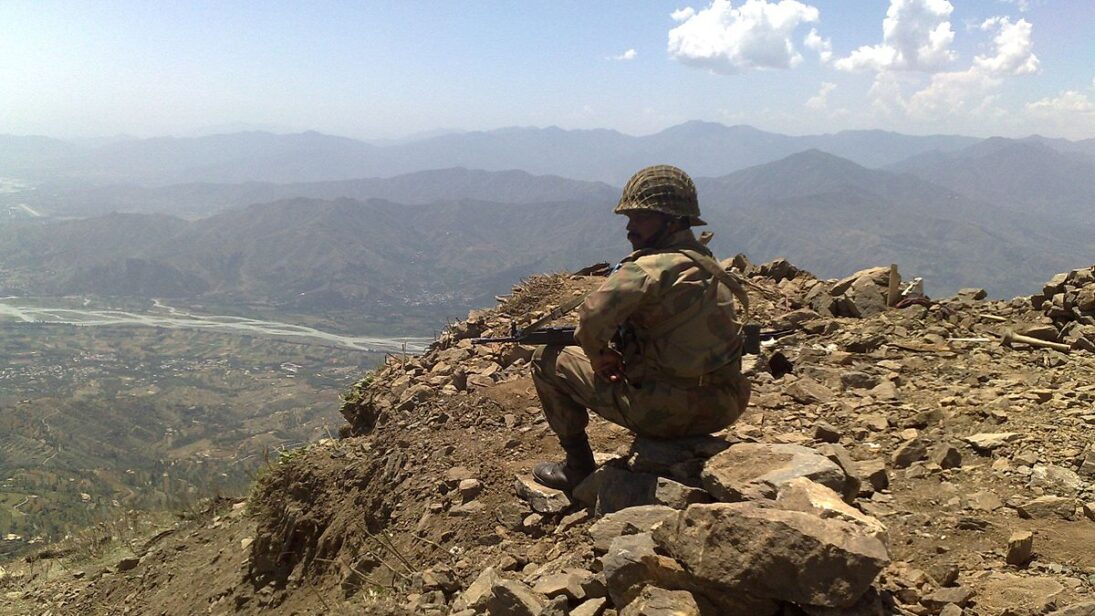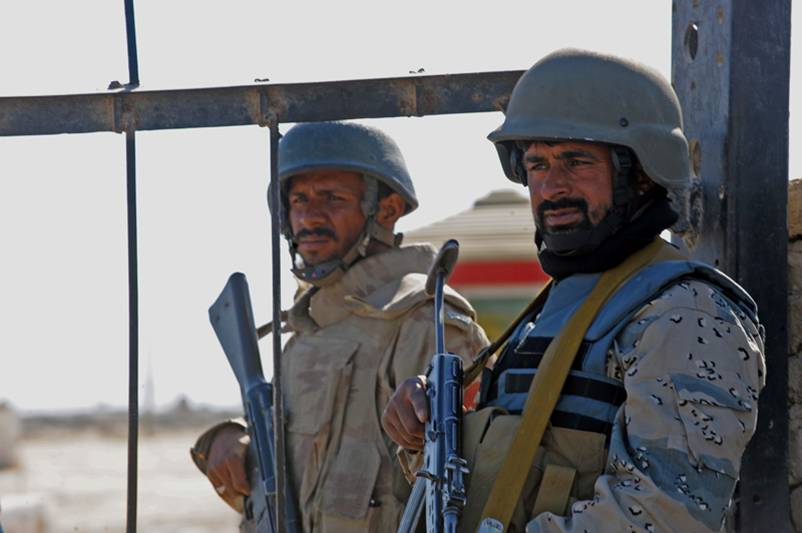
The U.N. Sanctions Committee on al-Qaida and ISIL’s recent report has pointed to the possibility of a merger between Tehreek-e-Taliban Pakistan (TTP) and al-Qaida in the Indian Sub-continent (AQIS). Subsequent reporting in some sections of Pakistan’s mainstream media has interpreted this as an attempt by TTP to merge into al-Qaida. According to the report, the purpose of the merger is to create an umbrella organization where various South Asian militant groups can shelter, or even cooperate, to avoid the Taliban’s efforts to control them and maintain plausible deniability in the event of attacks.
The militant landscape in the Afghanistan-Pakistan border area involves multiple actors and is complex, competitive and evolving at a rapid pace, resulting in new alliances and rivalries between different jihadist groups. Over the years, militant groups operating in this space have merged, splintered, re-merged and re-splintered with geopolitical developments. Hence, a merger of two or more groups or cooperation under an umbrella coalition is conceivable.
However, the notion of TTP’s potential merger into al-Qaida is fallacious. Conceptually, there is a fine difference between a merger and alliance-making of jihadist groups. In a merger, one group is fully subsumed into another group and ceases to exist as a separate entity. Generally, a smaller and weaker group seeks a merger into a bigger and stronger group for varying reasons. The merging group dissolves its command-and-control, organizational structure and other organs to fully integrate into the senior group. Likewise, it also forgoes its logo, ideological narrative, finances and strategic goals, and aligns itself fully with the larger outfit.
Over the years, militant groups operating in this space have merged, splintered, re-merged and re-splintered with geopolitical developments. Hence, a merger of two or more groups or cooperation under an umbrella coalition is conceivable.
On the contrary, alliance-making is a process that involves multiple forms of cooperation, such as strategic, ideological, tactical and transactional cooperation. Ideological and strategic alliances are considered higher forms of cooperation and in some cases, they potentially lead to mergers as well. On the other hand, tactical and transactional interactions between militant groups are considered low-end cooperation. At any rate, irrespective of the form of cooperation, the groups engaging in such collaborative arrangements do not merge and keep their organizational independence.
Keeping this in mind, the reported merger of TTP into al-Qaida does not stand the test of scrutiny. Indubitably, al-Qaida is the oldest and most seasoned of jihadist groups. It commands the respect of all jihadist factions, barring ISKP, in South Asia. The regional jihadist factions view al-Qaida as the vanguard of jihadism in the region.
However, al-Qaida is weak both operationally and organizationally. It is dependent on the Taliban for shelter, money and movement. In contrast, TTP is at its strongest since its inception in December 2007. The group’s current strength is 12,000 to 15,000 fighters and it has been rejuvenated by the Taliban’s victory in Afghanistan. Likewise, TTP feels its ideological doctrine of creating a Taliban-like emirate in Pakistan stands a greater chance of victory if it follows the Taliban’s model of insurgency.
Hence, TTP has restructured its organizational framework along the Taliban’s insurgency model, dividing Pakistan into two northern and southern military zones, reconfiguring its footprint in the nine so-called shadow provinces or wilayat, and announcing seven so-called shadow ministries. In sum, TTP has grown from strength to strength and al-Qaida has been reduced to a former shadow of itself. Therefore, the idea of TTP merging into al-Qaida is flawed.
Of the 38 jihadist groups which have joined TTP since July 2020, two are from al-Qaida’s South Asian franchise, al-Qaida in the Indian Sub-continent (AQIS). Reportedly, AQIS’ Amjad Farooqi and Qari Mubeen Jutt factions have merged into TTP. Interestingly, TTP’s current chief Mufti Noor Wali has urged AQIS to revisit its regional jihadist agenda and align its focus with the former’s Pakistan-centric goals.
The inclusion of Muneeb Jutt in TTP has lifted the quality of the group’s social media propaganda. In its publications, AQIS is aggressively endorsing TTP’s operational activities and goals. So, AQIS factions are merging with TTP instead of the latter seeking inclusion into the former’s parent organization.

This evolving dynamic has several important implications for Afghanistan and Pakistan’s threat landscape. First, after weathering the U.S. withdrawal from Afghanistan and giving sufficient space to the Taliban to entrench their grip on power in Afghanistan by maintaining a low profile, al-Qaida is now seeking local alliances by throwing its weight behind organizations like TTP.
Second, there is an increasing localization and regionalization of jihadist narratives in the Afghanistan-Pakistan region. Although al-Qaida has not abandoned global militancy, it has deprioritized it for the time being.
Third, it also points to the regrouping of several jihadist groups living under the Taliban umbrella, and the blurring of local and regional ideological narratives. As a result, the emerging landscape is likely to be more complex and unpredictable. Hence, for a nuanced understanding of how the threat landscape is evolving, it will be important to decipher the new alliances, mergers and rivalries of different jihadist groups in the post-U.S. withdrawal scenario.
This leaves Pakistan’s security establishment between a rock and a hard place. In this situation, the country’s counterterrorism options have gone from bad to worse. If it opts for peace talks with TTP—these have failed in the past—they are likely to flounder unless the ex-FATA is unconditionally surrendered to TTP.
For a nuanced understanding of how the threat landscape is evolving, it will be important to decipher the new alliances, mergers and rivalries of different jihadist groups in the post-U.S. withdrawal scenario.
At the same time, kinetic options both internally and externally have serious limitations as well. Internally, the population is war-weary and not ready to support another large-scale military operation. The narrow resource base due to the dire economic situation in the country will also undermine a large-scale operation. Meanwhile, airstrikes or targeted assassinations against TTP leaders in Afghanistan will create more problems than solving the existing ones. It will worsen already tense relations with Afghanistan, result in border closures and a backlash from the Taliban’s interim regime.
Given this, for now, Pakistan can aim for containing the threat and wait for a more opportune time to take more aggressive measures.
This article was originally published in The Diplomat.
Also Read: Pakistan’s May 9 Protests: Army Crackdown and a State of Exception
***
Image 1: Keeping watch at Baine Baba Ziarat via Wikimedia Commons
Image 2: Afghan-Pakistani at the Friendship Gate via Wikimedia Commons


